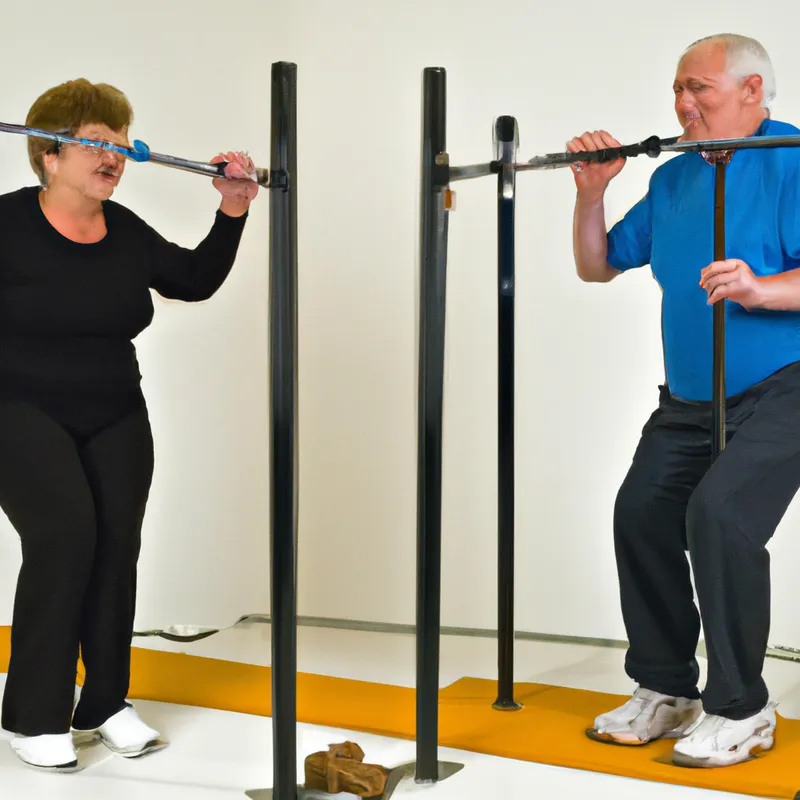Integrate Mobility Work for Stronger Seniors
Incorporating Mobility Exercises with Strength Training for Seniors
Seniors must maintain mobility for better health and quality of life. Strength training builds muscle, while mobility exercises enhance flexibility and balance. Combining both offers a comprehensive fitness approach for seniors. This blog post explores how to integrate mobility exercises with strength training, highlighting benefits and practical tips.
The Importance of Mobility and Strength
Why Mobility Matters
Mobility allows individuals to move freely and easily. Aging often stiffens joints and reduces muscle flexibility. This stiffness can hinder daily activities like reaching for items or walking comfortably. Mobility exercises enhance flexibility, range of motion, and joint health, improving daily function.
The Role of Strength Training
Strength training helps seniors build and maintain muscle mass. Aging naturally decreases muscle mass, leading to decreased strength. This decline makes everyday tasks harder. Strength training also promotes bone health, lowering osteoporosis and fracture risks. It boosts metabolism and aids in weight management.
The Synergy of Mobility and Strength
Combining mobility exercises with strength training enhances physical health. Strong, flexible muscles support joints, improving stability and reducing injury risks. This combination boosts functional ability, making tasks like climbing stairs or lifting objects easier and safer.
Tips for Incorporating Mobility Exercises
Incorporating mobility exercises into strength training is simple. Here are practical tips to get started:
1. Start with a Warm-Up
Always warm up before your workout. A warm-up prepares your body for exercise and reduces injury risks. Spend 5 to 10 minutes performing gentle movements to increase blood flow. Focus on dynamic stretches like arm circles, leg swings, and torso twists. A proper warm-up sets a positive tone for your workout.
2. Integrate Mobility into Strength Workouts
Add mobility exercises to your strength training routine. Perform a strength exercise followed by a mobility movement targeting the same muscle group. For example, do squats and follow with a hip stretch for hip flexibility. Incorporate shoulder rolls between push-ups to enhance shoulder mobility. This method keeps muscles engaged while improving flexibility and maintaining heart rate.
3. Focus on Key Areas
Certain body areas benefit greatly from mobility work. Pay special attention to the hips and shoulders.
Conclusion
Combining mobility exercises with strength training enhances seniors’ fitness and daily functioning. Start implementing these tips for better health.
Below are related products based on this post:
FAQ
Why is mobility important for seniors?
Mobility is crucial for seniors as it allows for free and easy movement. Aging often leads to stiff joints and reduced muscle flexibility, which can hinder daily activities. Mobility exercises enhance flexibility, range of motion, and joint health, thereby improving overall daily functioning.
How does strength training benefit seniors?
Strength training is essential for seniors as it helps build and maintain muscle mass, which naturally declines with age. This decline can make everyday tasks more challenging. Additionally, strength training promotes bone health, lowers the risk of osteoporosis and fractures, boosts metabolism, and aids in weight management.
What are some practical tips for integrating mobility exercises with strength training?
To incorporate mobility exercises into strength training, start with a warm-up to prepare your body. Then, integrate mobility movements after strength exercises, targeting the same muscle groups. Focus on key areas like hips and shoulders to maximize benefits and keep muscles engaged while enhancing flexibility.















Post Comment